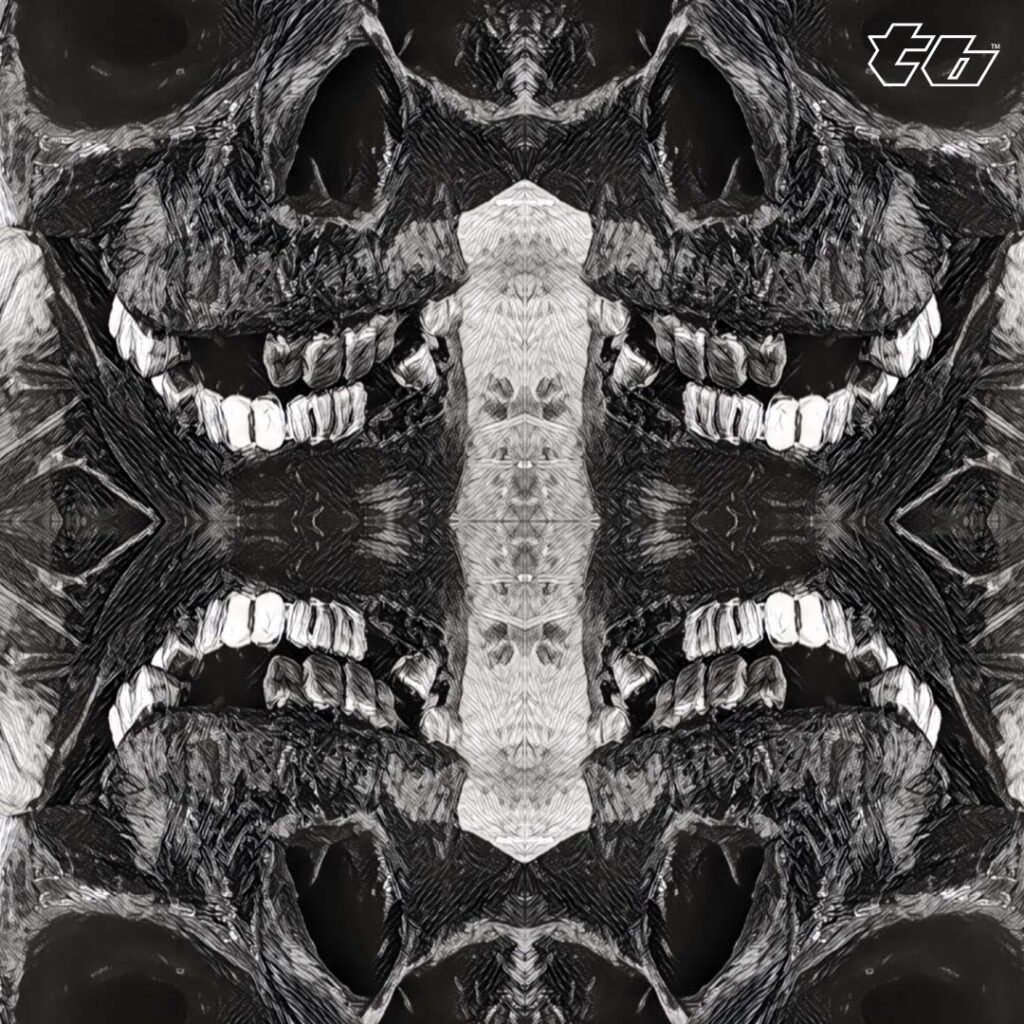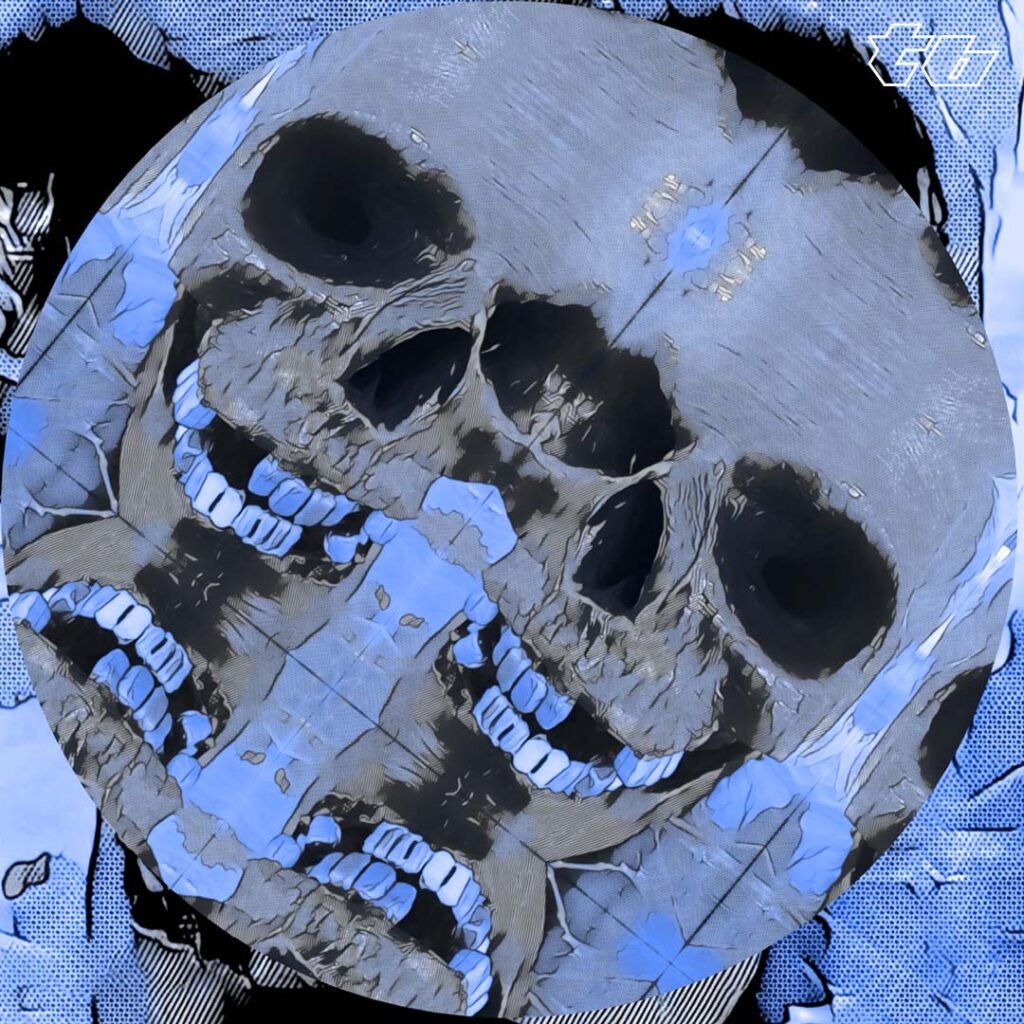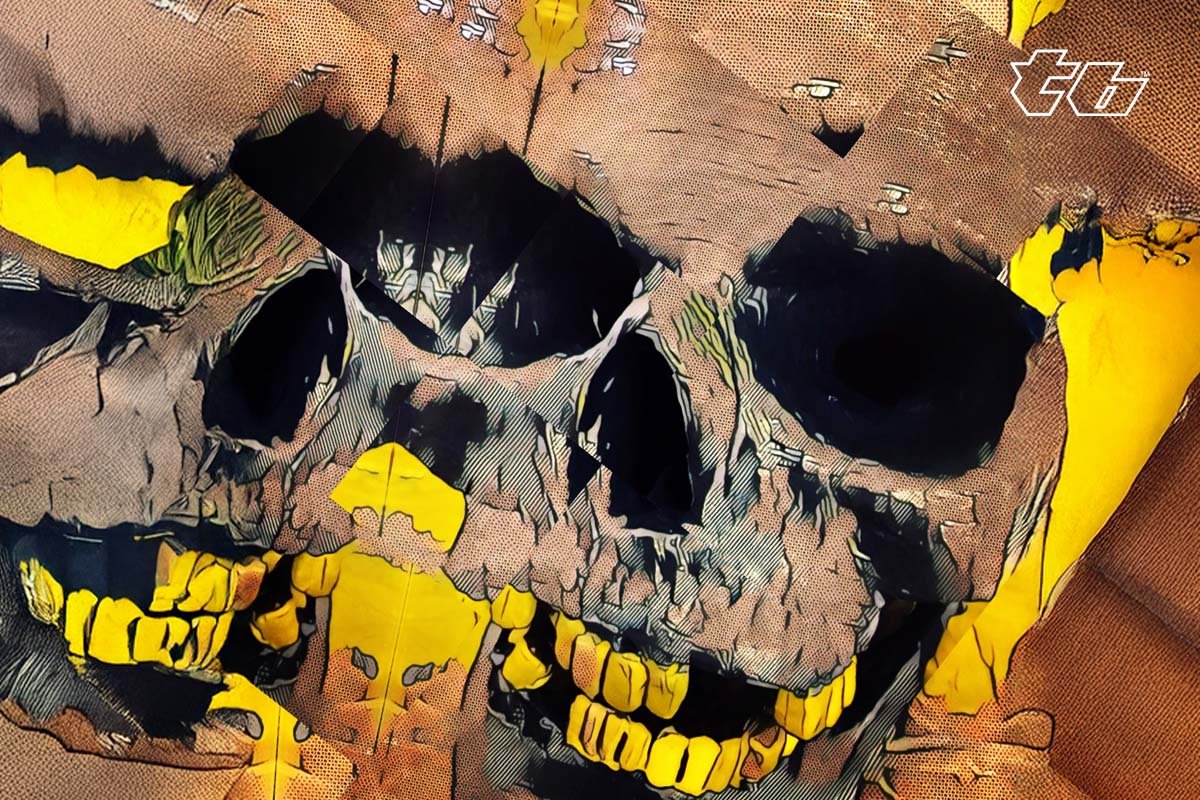Skulls have long captivated artists across cultures and epochs, serving as powerful symbols of mortality, transformation, and the human condition. From ancient cave paintings to modern digital art, the skull motif has evolved into a versatile element that transcends mere representation, often infused with abstraction and innovative techniques.

Beyond the Bone
The use of skulls in art dates back thousands of years, rooted in both spiritual and cultural narratives. In Mesoamerican cultures, such as the Aztecs, skulls were celebrated in rituals and depicted in intricate carvings, symbolizing the cycle of life and death. During the European Middle Ages, the “memento mori” tradition in Christian art featured skulls to remind viewers of their mortality, often in somber, realistic portrayals. By the 17th century, artists like Francisco Goya began incorporating skulls into darker, more expressive works, hinting at the psychological depth they could convey. This historical foundation laid the groundwork for modern artists to reimagine skulls, as seen in the abstract, colorful renditions that echo the dynamic energy of the provided images.
Echoes of Mortality
Abstraction revolutionized art in the 20th century, with movements like Cubism and Surrealism breaking away from realistic depictions to explore form, color, and emotion. Artists such as Pablo Picasso and Salvador Dalí experimented with fragmented and distorted shapes, paving the way for skulls to be reinterpreted through an abstract lens. The skull, with its universally recognized structure, became an ideal subject for abstraction, allowing artists to play with perspective and identity.


The Art of Decay
Refraction, the bending of light to create distorted or multiplied images, has become a compelling technique in contemporary art, adding layers of complexity to abstract forms. Examples of this method showcase how refraction creates kaleidoscopic patterns, enhanced by striking colorways of blacks, whites, and blues. This technique, combined with the warm yellows and oranges seen in other compositions, creates a visual dialogue between tradition and innovation. Vibrant, contrasting colors not only draw the eye but also infuse the artwork with emotional resonance, reflecting contemporary trends where digital tools push boundaries beyond the canvas.
Fractured Visions
The integration of skulls into artwork, enriched by abstraction and refraction, continues to captivate the audience, as evidenced by the dynamic pieces shared here. These works demonstrate how historical symbolism can be transformed through modern techniques and bold color choices, creating a bridge between past and present. Whether evoking contemplation of mortality or simply serving as a striking visual statement, skulls remain a potent motif in the artistic landscape. As artists continue to experiment with new tools and perspectives, the skull’s journey in art promises to evolve further, inviting viewers to see the world—and themselves—through a refracted, colorful lens.




